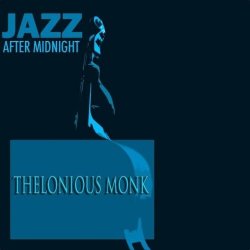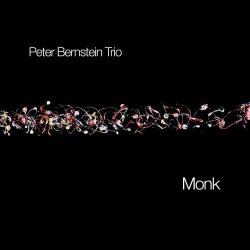Italian pianist Stefano Travaglini is accustomed to play solo, and he does it in an unique way. His newest solo album is called Monk, the sparkling follow up to Ellipse (Notami Jazz, 2017). As you can immediately guess, this recording consists in personal interpretations of pieces authored by the genius pianist Thelonious Monk. Over the course of this session, he flies freely, refusing imposed boundaries and configuring various combinations drawn from the modern classical and jazz idioms. This way, he enables MonkвАЩs music to be smeared and smudged into new colors and shapes.
He tackles "Trinkle TinkleвАЭ with a haunting aesthetic, employing his advanced technique to sparkle deep emotions. Elliptical movements erupt from his right hand, while the left creates noble momentum on the lower registers. This track shows us that soulfulness is going to play an important role in this musical "deal".
The stirring and inventive take on "Round MidnightвАЭ, for example, is hair-raising. Loosened up in tempo but still keeping the wondrous sentiment and structure of the original, this piece is one of the most beautiful on the record.
Bearing an impressive rhythmic force and vigorous chordal work, "Bemsha SwingвАЭ can be paired up, in terms of excitement, with "Straight No ChaserвАЭ, whose melody, set against a patterned texture, is pretty much recognizable from its very first minute. While showcasing exuberance throughout, angular motions are prompted, in opposition to "Well You NeednвАЩtвАЭ, where a more horizontal, less angular line is sketched with a penchant for the classical concept and form. The melody here is made evident at the end.
On "Ruby My DearвАЭ, the pianist charts considerably ambiguous melodies that unfold with abandon, accompanied with staccato hops in the bass line. This plan of action is also found on "MonkвАЩs DreamвАЭ.
And if the lyrical cascading sequences of "Criss CrossвАЭ feel gracious and gentle, "EvidenceвАЭ leans on the static, but has plenty of micro movements occurring from the inside and around a relentless pedal. Also discrepant in mood are "MisteriosoвАЭ and "In Walked BudвАЭ. The former develops with a denser, if dramatic, entanglement, while the latter, a tribute to Monk to his fellow pianist Bud Powell, takes a slower and more introspective path, losing that vibrant swinging stride as we know it. Different, but no less efficacious, though.
With no cuts or edits, TravagliniвАЩs free improvisation offers an expanded, progressive, third stream vision of MonkвАЩs music.



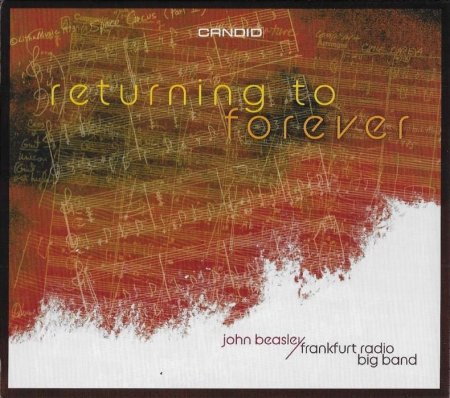
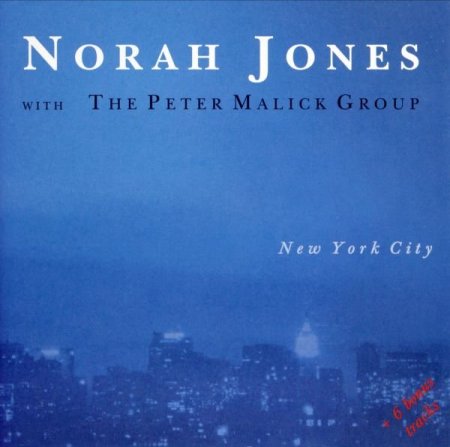


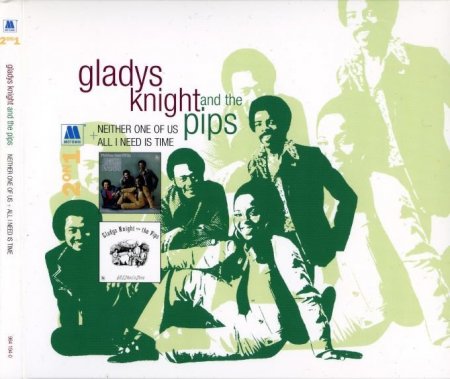


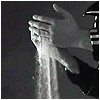





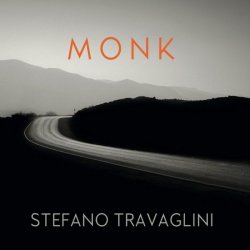

![Label (Catalog#) : Sony Music Japan [SICP 20017]](/uploads/posts/2019-03/thumbs/1553884608_front.jpeg)
![Label (Catalog#) JVC [JVC-2066-2] Genre: Jazz,](/uploads/posts/2018-11/thumbs/1541679076_front.jpg)

